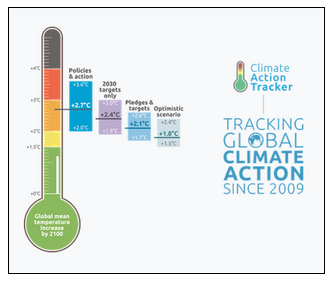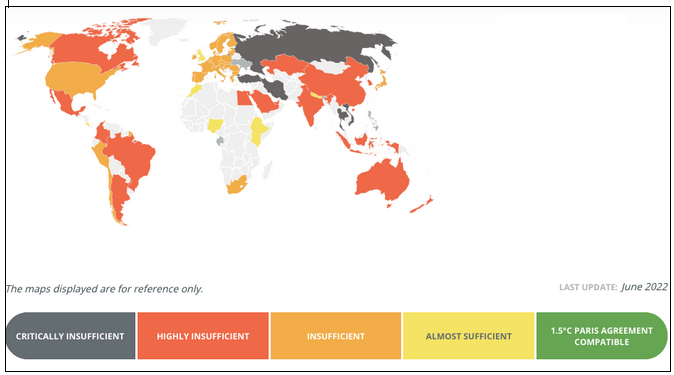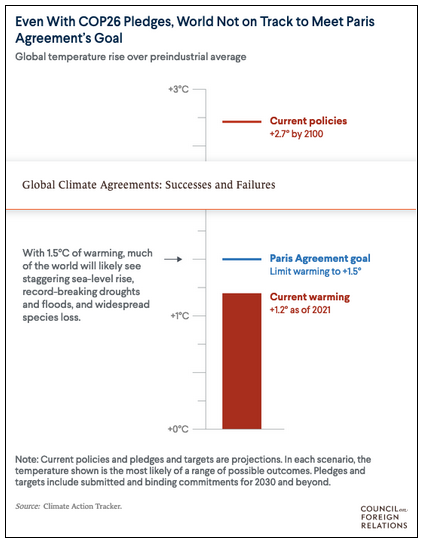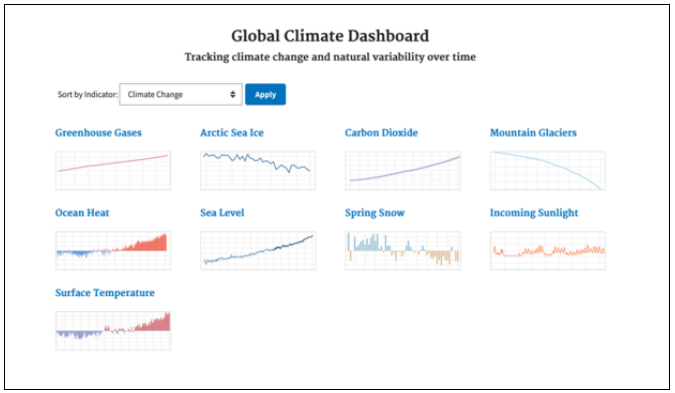Kevin McLeod, International Law, 6/27/2022
Nanda’s 1990 paper “Trends in International Environmental Law” examines the difficulties of achieving effective cooperation among nations with disparate levels of development, economic conditions, access to resources, policies, and ability to effect change. It points out that both carrots and sticks will be needed to encourage and provoke action, that oversight with enforcement mechanisms will be needed to ensure compliance with agreements, and the historical record for cooperation on climate matters has been uneven at best.
The most successful effort to date has been collective action on protection of the ozone layer. Dramatic illustrations of a growing gap in the ozone layer around the Antarctic showed a clear and present danger, galvanizing public support for global treaties.
In the 32 years since Nanda’s paper was published, climate indicators have steadily grown more dire. In years past, the Intergovernmental Panel on Climate Change (IPCC) has presented data and projections that offered a range of scenarios and potential consequences. Current data is on track with previous projections for worst-case scenarios.
These include global temperature increases up to 10 degrees F; the activation of positive feedback mechanisms, such as methane release from thawing permafrost that reinforce and accelerate greenhouse gas emissions; decreases in snow cover and increases in cloud cover that affect wind and temperature patterns; marine acidification that degrades oceanic food chains from the phytoplankton level on up; glacier loss and rising sea levels that will affect coastline cities around the globe and currently causes severe periodic flooding in Miami.
Ocean currents are changing with potentially profound climate consequences, particularly for Europe. Altered precipitation patterns are causing massive floods in some areas while driving deep drought in others; this will also have lasting impacts on agriculture. Even now the viability of farming in California’s Central Valley is at risk.
Annual massive wildfires have become expected, as have increased hurricane and tornado activity. Land and marine ecosystems are altering in unpredictable ways; patterns of predator/prey relationships are disrupted while parasites, bacteria and viruses occupy new niches. Previous balances of plants and animals are skewed.

Despite the obvious problems, concerted action to resolve them remains elusive. The difficulty of the task is apparent in a glance at this chart of quarterly greenhouse gas (GHG) emissions; even the impact of a global pandemic and worldwide economic supply chain disruptions was only sufficient to cause a brief blip in greenhouse gas emissions. It reverted back to the previous rate of growth almost immediately.
When an enforced and economically painful reduction in fossil fuel use was only able to create a short corresponding reduction in emissions, we can appreciate the difficulty of achieving effective ongoing reductions.
While movement towards renewable, sustainable energy sources is happening, scaling it up globally will take time. Meanwhile fossil fuel interests are fighting to maintain their dominance in energy supply. It matters not that every informed person understands fossil fuels are no longer viable long-term. Greed still prevails and may be humanity’s undoing.
So the clear question regarding international environmental law:
What is being done about it?
The short answer: not enough. Not nearly enough.
A summary from Climate Action Tracker reports that…
“Without increased government action, the world will still emit twice the greenhouse gas emissions in 2030 than is allowed under the 1.5°C limit of the Paris Agreement. The world is heading to a warming of 2.4°C with 2030 targets and even higher, 2.7°C, with current policies.”
The data is unambiguous.




We can draw one conclusion from events since the publication of Nanda’s paper. Humanity was given more than adequate warning. For myriad reasons, we have failed to alter the behavior that is degrading our biosphere, and future generations will face serious consequences for that failure.
References:
Dashboard
https://climatedata.imf.org/pages/climatechange-data
https://climatedata.imf.org/pages/re-indicators#re1
Dashboard app
https://www.climate.gov/climatedashboard
https://www.climate.gov/maps-data/data-snapshots
Status Review
https://necjogha.com/2021/08/11/global-warming-current-status-full-review/